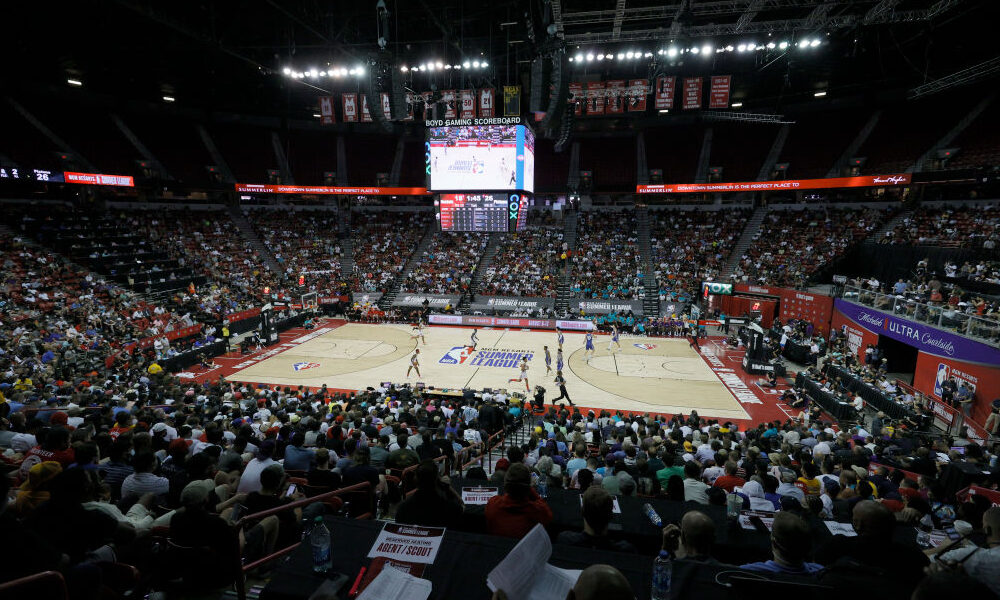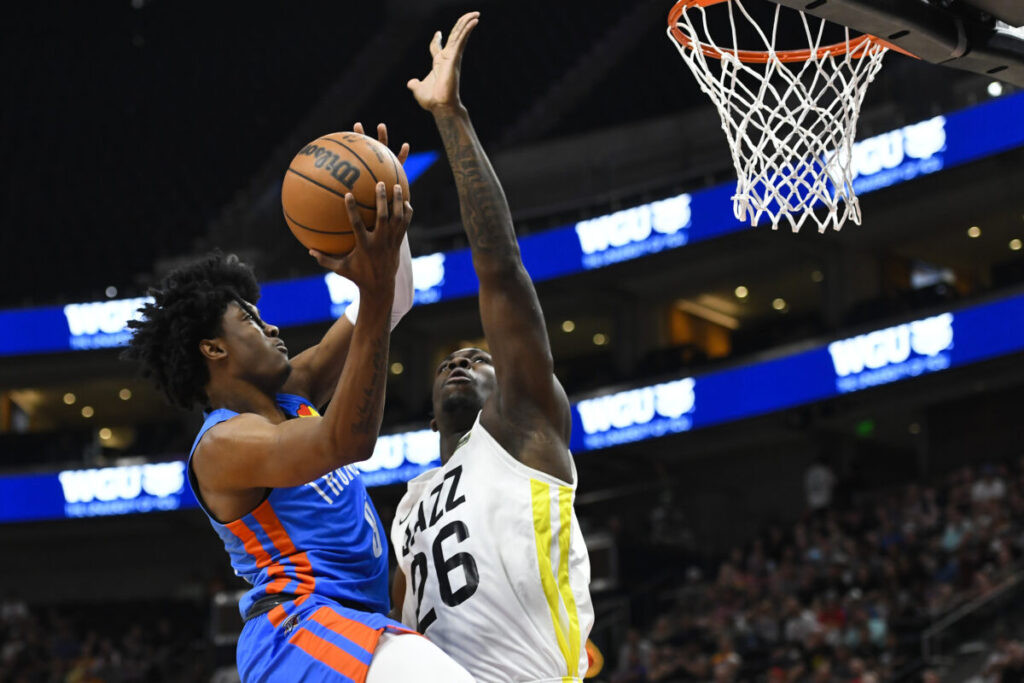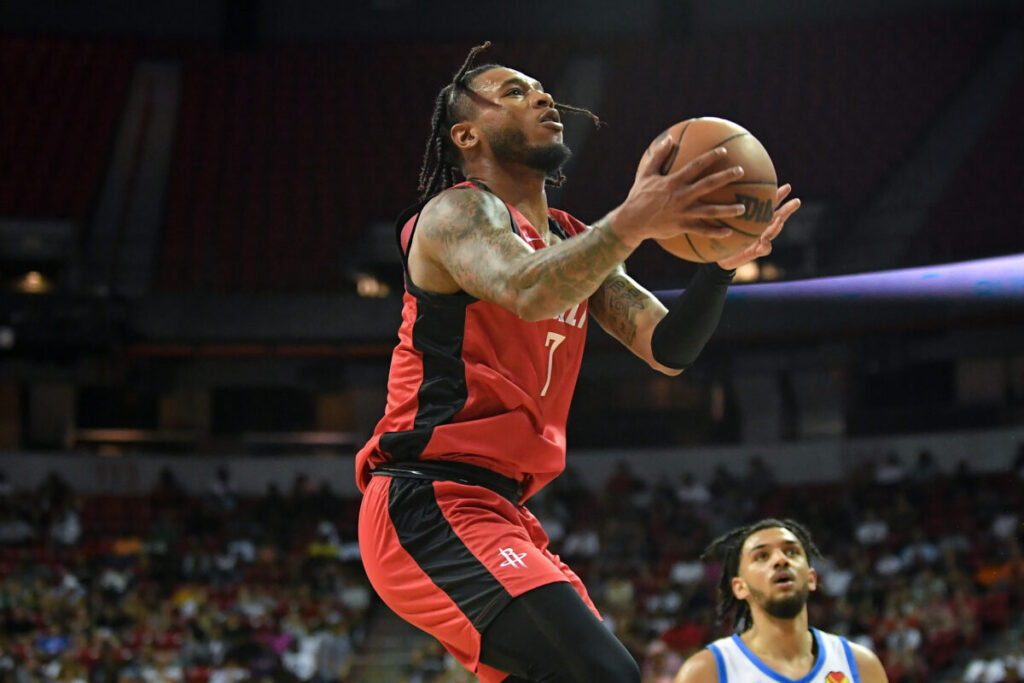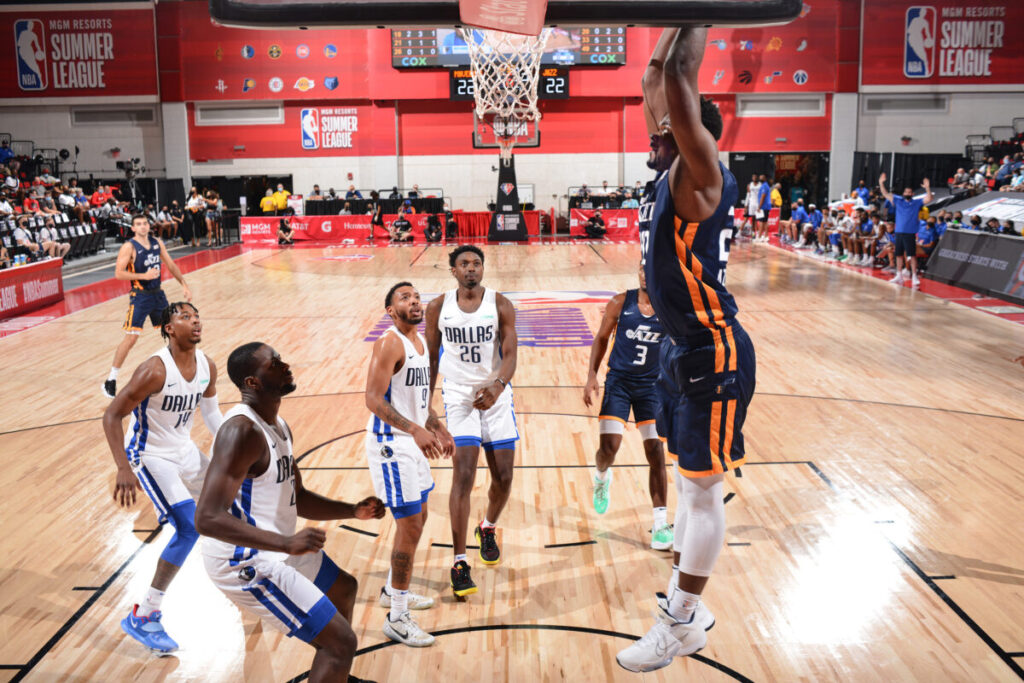
The NBA Summer League, often seen as a rite of passage for emerging talents, offers a unique blend of raw potential, fierce competition, and a glimpse into the future of the NBA. While the regular season and playoffs showcase the polished skills of established stars, the Summer League is where rookies and young players fight for recognition, contracts, and their dreams of NBA stardom. But how did this league come into existence, and how has it evolved over the years?
History and Evolution of the NBA Summer League
The NBA Summer League’s inception can be traced back to the early 2000s, with its roots in the Las Vegas Summer League. Initially, it was a modest event, featuring a handful of teams playing a few games primarily aimed at giving rookies some experience. However, its importance grew exponentially as teams began to recognize the value of evaluating their young talent against competitive peers.
Over the years, the league expanded in size and scope. From its humble beginnings in Las Vegas, the Summer League branched out to other locations like Orlando and Utah. These additional leagues allowed more teams and players to participate, further emphasizing the Summer League’s significance in player development and talent scouting.
The evolution of the Summer League also mirrored the changing dynamics of the NBA. As the league became more global, the Summer League started seeing an influx of international players, making it a melting pot of diverse basketball talents and styles. This international presence not only elevated the quality of games but also attracted a global audience, adding to its popularity.

Furthermore, with the rise of digital media and streaming platforms, the Summer League games became more accessible to fans worldwide. This accessibility, combined with the allure of watching potential future superstars, transformed the Summer League from a low-key off-season event to a must-watch spectacle for basketball aficionados.
Today, the NBA Summer League stands as a testament to the league’s commitment to nurturing young talent, fostering competition, and providing opportunities for players to shine and make their mark in the world of basketball.
Purpose and Importance of the Summer League
The NBA Summer League serves multiple purposes, both for the teams and the players. For teams, it’s a golden opportunity to evaluate their draft picks, undrafted signees, and young players under contract. Coaches and team executives get a firsthand look at how these players perform against NBA-level competition, which can be invaluable when making roster decisions for the upcoming season.
For players, especially rookies and those without guaranteed contracts, the Summer League is a proving ground. It’s their chance to demonstrate their skills, adaptability, and potential value to the team. For many, it’s a make-or-break moment that can determine whether they secure a spot on an NBA roster or need to explore other avenues, such as playing overseas or in the G-League.
That’s 3 more for Merrill👌 #NBA2KSummerLeague | @cavs pic.twitter.com/xNwwxy4UjN
— NBA Summer League (@NBASummerLeague) July 18, 2023
Beyond the tangible benefits, the Summer League also plays a crucial role in player development. Young players get a taste of the NBA’s pace, physicality, and style of play. They learn about the rigors of professional basketball, from understanding team systems to handling the pressure of performing on a bigger stage.
Structure and Format
The NBA Summer League’s structure has evolved over the years, but its core remains a series of games where teams compete over a couple of weeks. The league starts with a round-robin format, where each team plays a set number of games. This is followed by a tournament phase, leading up to the championship game.
While all teams play in the Las Vegas Summer League, there are also regional leagues, like the California Classic in Sacramento and the Salt Lake City Summer League. These regional leagues often precede the main event in Las Vegas and feature a smaller number of teams.
One of the unique aspects of the Summer League is the experimental nature of the games. The NBA often uses this platform to test potential rule changes or new technologies, gathering data and feedback before considering their implementation in the regular season.

In terms of participation, while all 30 NBA teams take part in the Las Vegas league, the regional leagues have a more selective list of participants. These teams often use the regional leagues as a warm-up, giving their players more game time and experience before the main event.
The culmination of the Summer League is the championship game in Las Vegas, where the two best-performing teams face off. Winning the championship is a point of pride, but more importantly, it’s the individual performances throughout the league that often have a lasting impact, as players vie for a spot in the NBA.
Participating Teams
Every year, the NBA Summer League sees participation from all 30 NBA teams, ensuring a wide representation of talent and potential. While the Las Vegas Summer League is the main event featuring all the teams, regional leagues like the California Classic and the Salt Lake City Summer League have a curated list of participants. These regional NBA Summer Leagues provide additional opportunities for teams to evaluate their players in different settings and against varied opponents.
In recent years, the Summer League has also seen participation from select international teams. This inclusion not only adds a layer of diversity to the competition but also allows NBA teams to scout international talent and gauge how they fare against NBA-level competition.
Notable Alumni and Success Stories
The NBA Summer League has been a launching pad for many players who went on to have illustrious NBA careers. Players like Damian Lillard, Blake Griffin, and Lonzo Ball are just a few names that shone in the Summer League before making their mark in the NBA.

Damian Lillard, for instance, showcased his leadership and scoring prowess during his Summer League stint, giving the Portland Trail Blazers a glimpse of the superstar he would become. Similarly, Blake Griffin’s athleticism and skills were on full display during his NBA Summer League games, setting the stage for his Rookie of the Year season with the Los Angeles Clippers.
But it’s not just the high draft picks that shine. The Summer League has also been a platform for undrafted players or those picked in the later rounds to prove their worth. Players like Fred VanVleet and Alex Caruso used their Summer League performances as a stepping stone, eventually becoming key players for their respective NBA teams.
Where and When It Takes Place
The NBA Summer League is typically held in July, providing a basketball fix during the NBA’s offseason. The primary venue for the league is Las Vegas, with games played at the Thomas & Mack Center and the Cox Pavilion. The allure of Las Vegas, combined with the excitement of the games, often attracts a significant number of fans, NBA executives, and celebrities.
Before the Las Vegas league kicks off, regional leagues take place. The California Classic is held at the Golden 1 Center in Sacramento, while the Salt Lake City Summer League takes place at the Vivint Smart Home Arena. These regional leagues usually span a few days and serve as a precursor to the main event in Las Vegas.
The combination of the electric atmosphere, the promise of new talent, and the strategic location in entertainment hubs makes the NBA Summer League a must-attend event for basketball enthusiasts.
Player Eligibility and Selection
The NBA Summer League is not just for rookies. While it’s common to see freshly drafted players making their summer league debut, the league is open to a diverse group of participants. This includes second and third-year NBA players, G-League players, undrafted free agents, and international players looking to make a mark in the NBA. The mix of seasoned players and raw talent creates a dynamic environment where experience meets potential.
Nice bounce pass by @emoni21 for a Porter Jr. SLAM!💥 #NBA2KSummerLeague | @cavs pic.twitter.com/Ii6hUb54Nt
— NBA Summer League (@NBASummerLeague) July 18, 2023
Teams often use the Summer League to evaluate their draft selections, giving them significant playing time to understand their strengths, areas of improvement, and how they fit into the team’s system. Undrafted players and free agents view it as an audition, a chance to secure a training camp invite or even a roster spot. For international players, it’s an opportunity to adapt to the NBA’s style and pace, showcasing their skills against top-tier young talent.
Final Words
The NBA Summer League is more than just a series of off-season games; it’s a celebration of basketball’s future, a platform for emerging talents, and a testament to the NBA’s commitment to player development and fan engagement.
From its humble beginnings to its current status as a must-watch event, the Summer League encapsulates the spirit of competition, opportunity, and the sheer love of the game. Whether you’re a player looking to make a mark, a scout searching for the next big thing, or a fan eager to witness the rise of future stars, the NBA Summer League has something for everyone.
Frequently Asked Questions
How does NBA Summer League work?
The NBA Summer League starts with a round-robin format where each team plays a set number of games. This is followed by a tournament phase, culminating in the championship game. While all 30 NBA teams participate in the Las Vegas Summer League, regional leagues like the California Classic and the Salt Lake City Summer League have a more selective list of participants.
Do NBA Summer League players get paid?
Yes, players in the NBA Summer League receive compensation, though it’s significantly less than regular-season NBA salaries. The pay is typically a per diem to cover daily expenses, along with bonuses for teams that advance deep into the tournament.
How are players chosen for the NBA Summer League?
Players are selected for the NBA Summer League by their respective teams. The roster includes recent draft picks, second and third-year NBA players, G-League players, undrafted free agents, and international players. Teams use the Summer League to evaluate and develop their young talent.
Is the NBA Summer League worth going to?
Absolutely! The NBA Summer League offers fans a unique opportunity to see up-and-coming talent, potential future superstars, and enjoy a more intimate basketball experience. With accessible venues, fan interactions, autograph sessions, and a festive atmosphere, it’s a must-attend event for basketball enthusiasts.
Sources
1. wikipedia.org – NBA Summer League
2. nba.com – Everything to know about NBA Summer League 2023
3. dunkest.com – NBA Summer League 2023: Schedule, How It Works and Where to Watch iT
4. espn.com – NBA summer league 2023 – News, schedule and scenes





